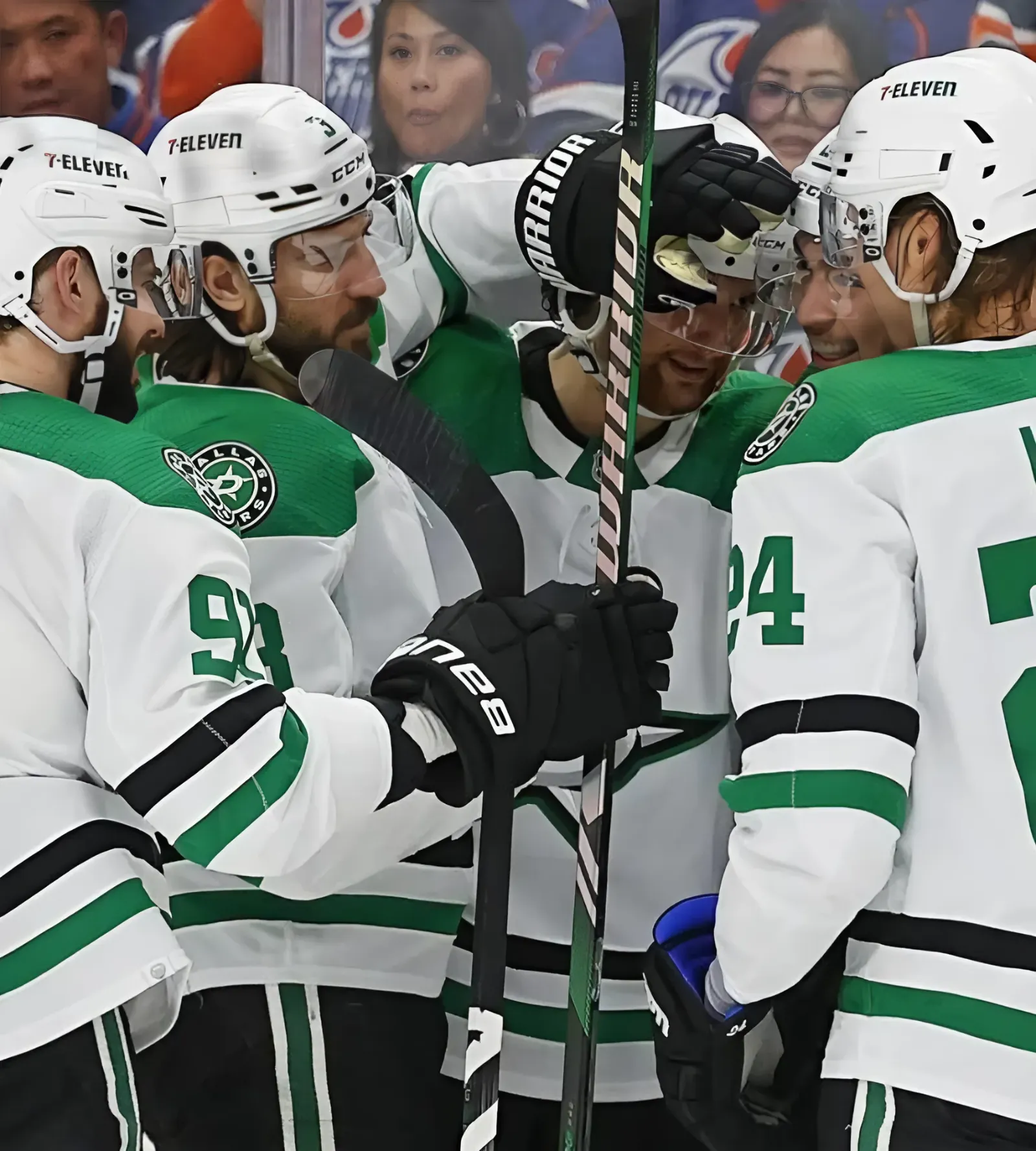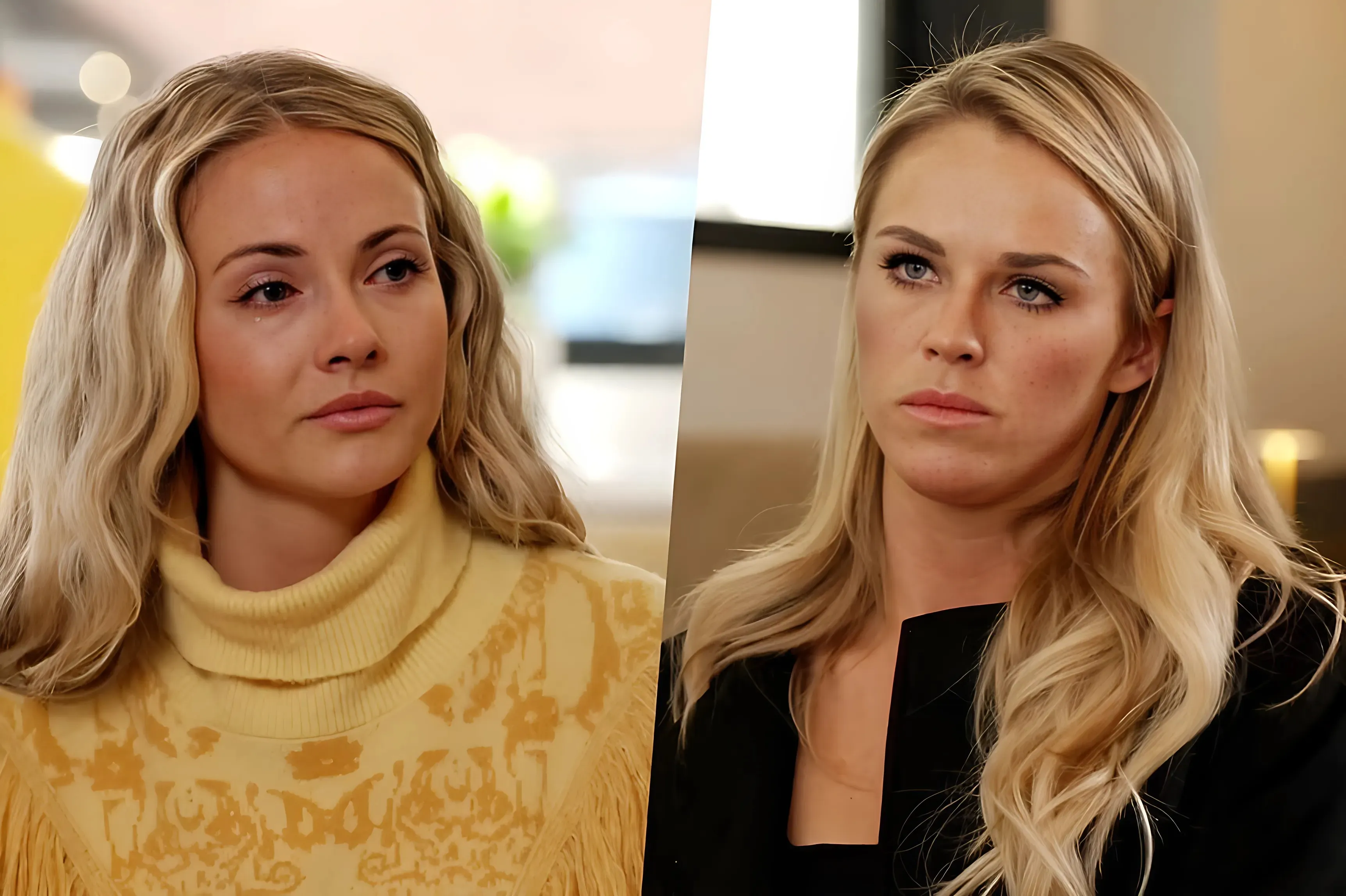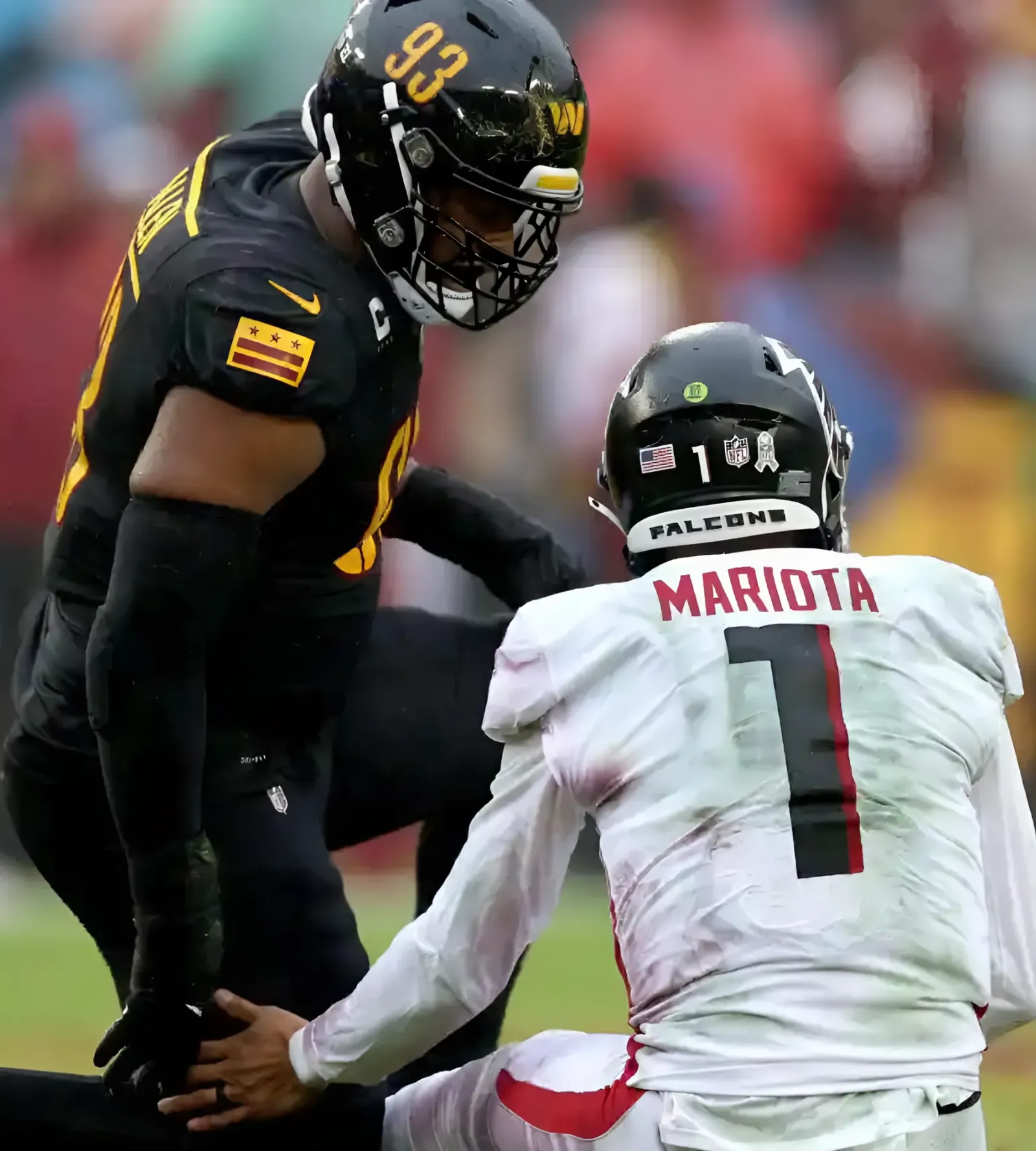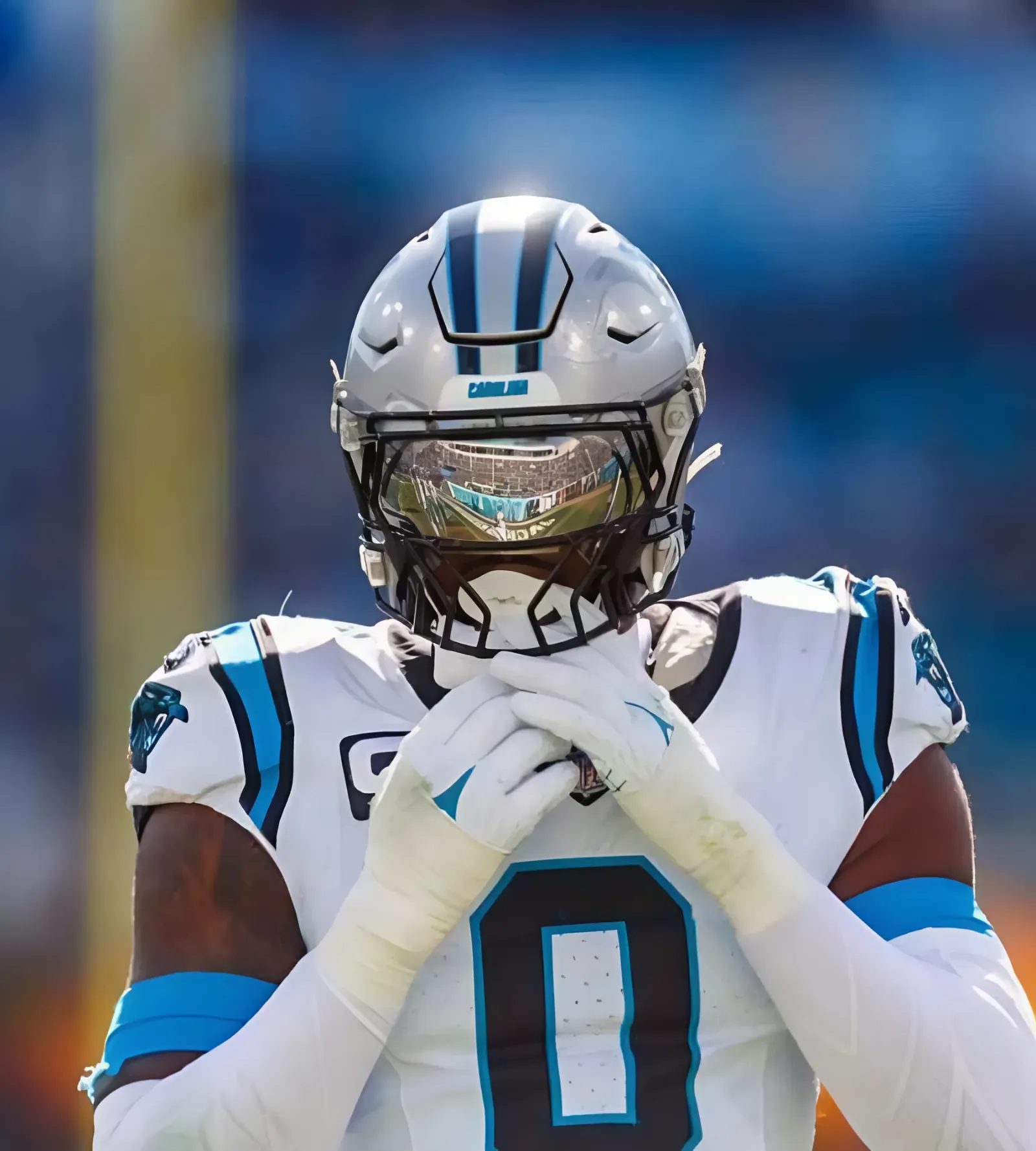
It was just five summers ago when the St. Louis Blues completed their Stanley Cup triumph, going from worst-to-first in the span of the season in large part due to Craig Berube’s supervision. Berube is now tasked with overseeing the Toronto Maple Leafs and if he can lead the franchise to their first Stanley Cup since 1967, he will become a demigod in the world’s largest hockey media market.
No two teams are exactly the same, but there are always lessons to be learned from past champions. Here’s what the 2024-25 Maple Leafs can learn from the 2018-19 Blues:
All stats from NHL.com and Natural Stat Trick.
You need a Herculean shutdown defence pair and a five-man rotation
Every Stanley Cup champion is different in some way but in the hockey media business, we’re prone to looking for commonalities which often devolve into tropes, but it’s true that you need a shutdown defense pairing to win it all. Jay Bouwmeester and Colton Parayko played this role to a tee during the 2019 playoffs and while they may differ in some ways from recent top-end groups — Bouwmeester and Parayko are very differently stylistically from Gustav Forsling and Aaron Ekblad, for example — numbers don’t lie and banners last forever.
Bouwmeester and Parayko incurred a tremendous workload and weren’t subject to diminishing returns despite the ridiculously high-volume of minutes played, leading the NHL with 427:59 together at 5-on-5 and 453:08 in all situations — just under 100 minutes greater than the second-most used pairing in the league, Boston’s Zdeno Chara-Charlie McAvoy tandem. They didn’t cave under the workload and were on the ice for 14 goals for, 12 against and though the 43 percent expected goals at 5-on-5 revealed that it wasn’t always pretty, the predictive stats don’t matter nearly as much, or really at all, when you win the Cup.
Is there a parallel to be found with the Maple Leafs? Chris Tanev, a genuine shutdown, right-handed defenceman joined the Maple Leafs on a six-year extension this summer, coming off arguably the best stretch of his career. Tanev will almost certainly form Toronto’s top pairing alongside Morgan Rielly where his defensive intelligence, clever zone exits and facilitation should allow Rielly to act as an offensive catalyst without worry. Bouwmeester was 36 during the Blues’ Cup run and Tanev turns 35 this fall, and he’s going to put everything on the line as an elite shot-blocker to ensure the Maple Leafs get over the hump.
Last season, Rielly came out of the gate on fire but as his workload increased due to a rash of injuries, he faced diminishing returns as his efficiency tailed off while being asked to do it all. The hope is that Tanev and Rielly ease each other’s workload, Jake McCabe-Simon Benoit operate as a stellar No. 3 pair, while Oliver Ekman-Larsson and Timothy Liljegren effectively operate as the No. 2 unit.
St. Louis effectively ran five defencemen during their playoff run and Alex Pietrangelo-Joel Edmunson weren’t relied upon nearly as much as Bouwmeester-Parayko, logging 197:15 at 5-on-5, the 7th-most-used pairing during the playoffs. It’s entirely possible Berube cuts Liljegren or Ekman-Larsson if they struggle down the stretch, while riding Rielly-Tanev throughout a deep run. There is at least a precedent set from five summers ago.
Maybe you just need your goalie to catch fire during the playoffs after all
Goaltending is the most important element when considering a deep playoff run and at the risk of being reductionist, sometimes all it takes is for your starter to catch fire. Jordan Binnington was a relatively unknown quantity entering the 2019 playoffs but he posted a .914 save percentage and 2.46 GAA in 26 starts throughout the 2019 playoffs, while Jake Allen watched on the bench. Binnington, much like Bouwmeester and Parayko, excelled with a larger workload, saving nearly four goals above expected at 5-on-5 while facing the largest volume of expected goals against by far.
Binnington’s form has fluctuated wildly since the 2018-19 run: at his best, he can be a lights-out goaltender completely dialled in with a nasty streak to clear opponents hovering net-front. He’s also prone to regression, constant temper tantrums and entire months where he appears to be a No. 2 NHL goaltender. Can the Maple Leafs draw from Binnington as a parallel?
Toronto is betting on small-sample excellence for the next two years with Joseph Woll and Anthony Stolarz locked in. Woll and Stolarz have both battled injuries and haven’t faced starting volume since entering the league. It’s been a fascinating two years for Woll. He balled out in the AHL during the 2022-23 season and forced his way onto the Maple Leafs’ roster, entered last season as the No. 2 goalie, won the No. 1 role due to stellar performances and a massive slide from Ilya Samsonov, suffered an injury, then vaulted into action with a Game 6 performance for the ages where he suffered another injury that kept him out of Game 7. He’s been a staple in the community and his cool and calm demeanor bodes well for the future.
Stolarz saved 20.1 goals above expected in all situations via MoneyPuck, the third-best total in the league. He won a Stanley Cup while watching Sergei Bobrovsky perform superhuman feats in goal for the Florida Panthers, and told reporters that he believes he’s one of the best goalies in the world. He’ll be afforded every chance to make this declaration come true. And while a tandem scenario is probably the best outcome for the regular season, the Maple Leafs really just need one of Woll or Stolarz to catch fire during the playoffs. Woll showed signs of it during the first-round series against the Bruins — it’s almost torturous to think of what could’ve been if he was available for Game 7 — and now it’s incumbent upon them to remain in top form when the stakes are raised.
Jaden Schwartz’s two-way excellence is a model for Mitch Marner to follow
Mitch Marner’s playoff performance has been subject to, and will unfortunately continue to be subject to constant examination. Marner’s defensive impact against David Pastrnak was often understated as the primary defender on Boston’s resident superstar and he largely kept Pastrnak in check. Unfortunately, that’s all academic as Marner blew the assignment during Game 7’s overtime as Pastrnak walked in unchecked for the series-clinching goal.
Schwartz played the best hockey of his career during the 2019 playoffs, leading all players with 10 goals and 17 points at 5-on-5, while the Blues posted a 24-11 goal differential when he was on the ice. This was further pronounced during the Final against the Bruins, with the Blues recording a 6-2 differential with Schwartz on the ice. Schwartz was primarily matched up against David Pastrnak, Brad Marchand and Patrice Bergeron and effectively clamped down on Pastrnak, while being on the ice for two goals for, zero against.
This is perhaps an oversimplification of what to expect from Marner but the fact of the matter is that there’s a pathway to providing elite offense while maintaining shutdown defense, it’s not meant to be zero-sum. Marner is the Maple Leafs’ best penalty killer and proved capable of Selke-level defense two seasons ago, while regressing closer to league-average last season. Marner will be glued to the opponent’s best winger throughout any series and while it’s completely unfair to criticize his effort level, he’s a significantly better offensive player than he leads on during the playoffs and has to find ways to elevate his game. Perhaps Berube splices up some Schwartz’s 2019 footage in a film session for Marner ahead of the postseason?
We’ve wrote extensively about how Robert Thomas is the developmental model for Easton Cowan to follow and this summary is really an example of how the 2019 Blues could provide the 2025 Maple Leafs with a pathway to forge ahead. It’s the summer of change and with Craig Berube behind the bench, there are some parallels the Maple Leafs can draw from while firmly in win-now mode.




